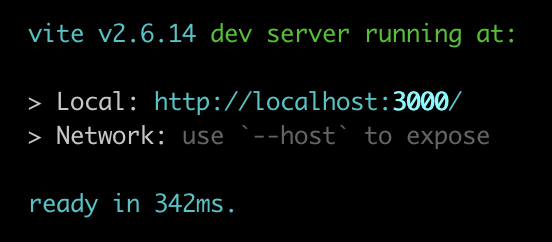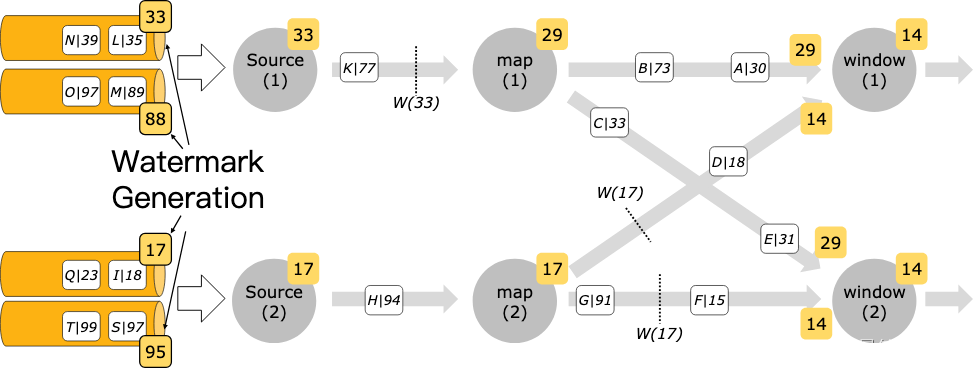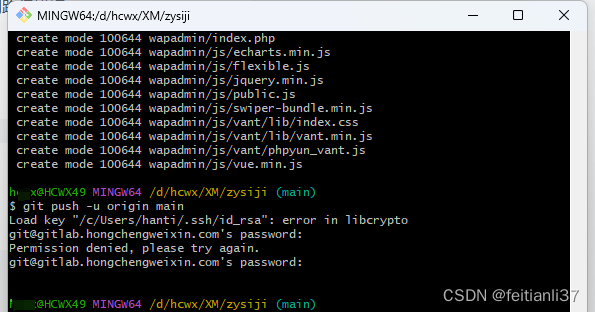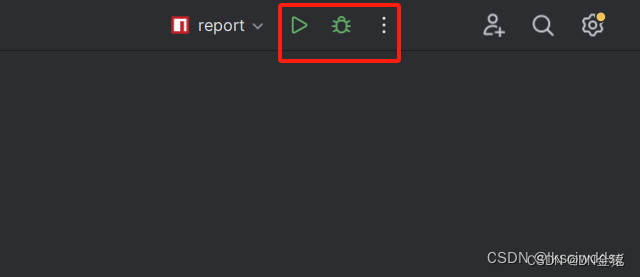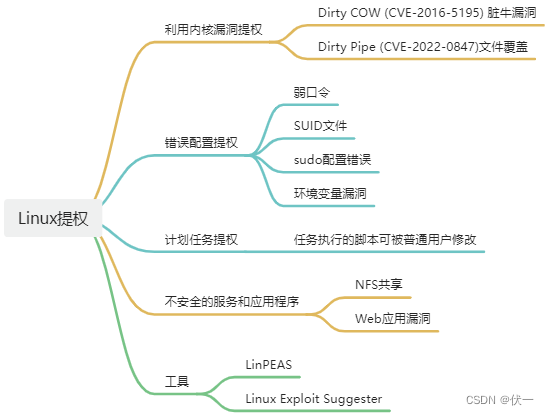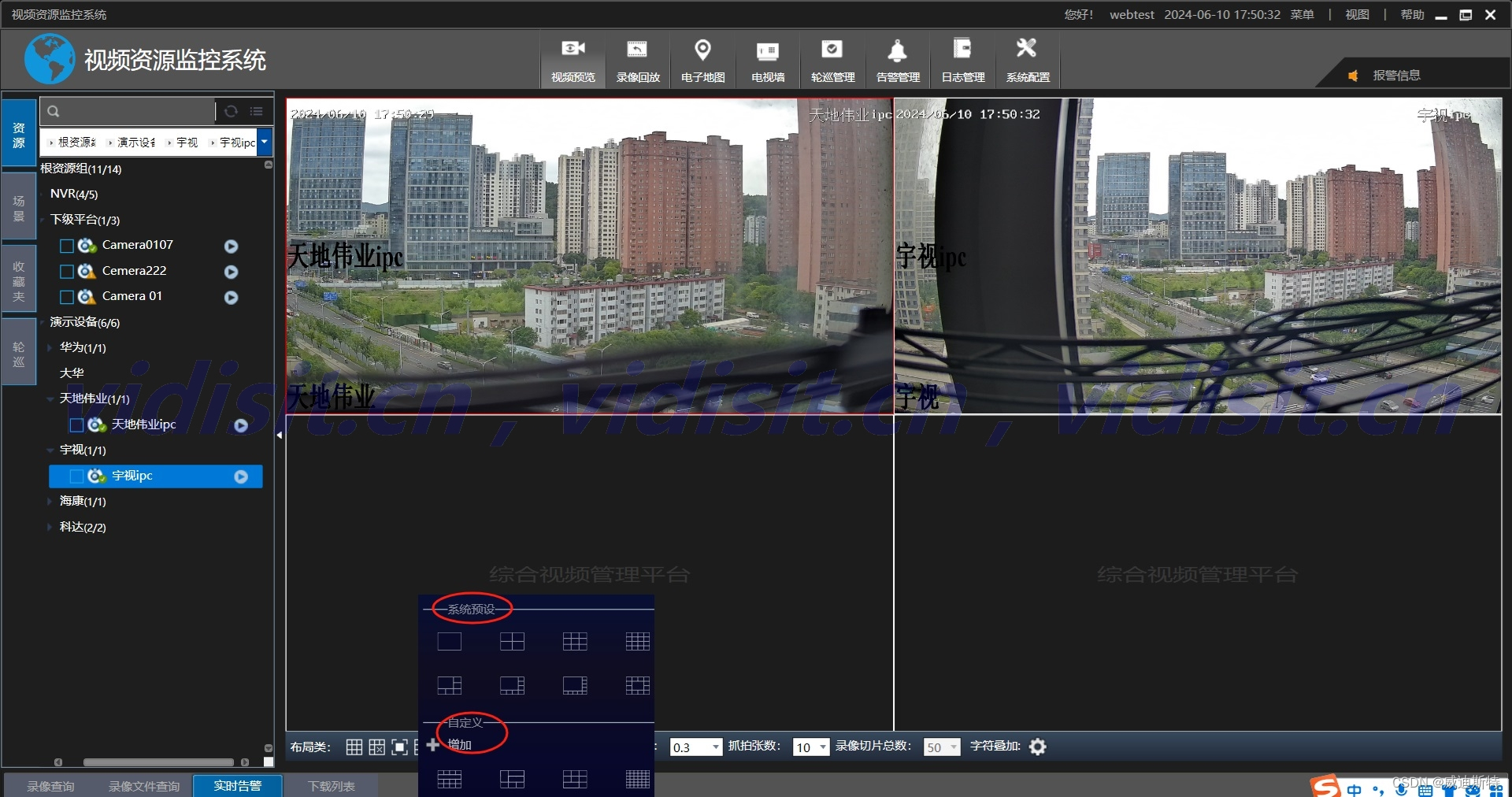构造类型数据——结构体
1)结构体的基本概念
结构体(struct)是C语言(以及其他一些编程语言)中用于将不同类型的数据组合成一个单一类型的方式。这种数据类型允许你将多个变量(可能是不同类型)组合成一个单一的实体。结构体中的每个成员都可以有它自己的数据类型。
以下是一个简单的结构体定义示例:
#include <stdio.h>
// 定义一个名为Student的结构体
struct Student {
char name[50];
int age;
float score;
};
int main() {
// 声明一个Student类型的变量
struct Student stu1;
// 为stu1的成员赋值
strcpy(stu1.name, "张三");
stu1.age = 20;
stu1.score = 90.5;
// 输出stu1的信息
printf("Name: %s, Age: %d, Score: %.1f\n", stu1.name, stu1.age, stu1.score);
return 0;
}
2)结构体数组
结构体数组是一个可以包含多个结构体元素的数组。每个元素都是结构体类型的一个实例。
以下是一个结构体数组的示例:
#include <stdio.h>
#include <string.h>
struct Student {
char name[50];
int age;
float score;
};
int main() {
// 声明一个包含3个Student类型元素的数组
struct Student students[3];
// 为数组中的元素赋值
strcpy(students[0].name, "张三");
students[0].age = 20;
students[0].score = 90.5;
strcpy(students[1].name, "李四");
students[1].age = 21;
students[1].score = 85.0;
// ... 可以继续为students[2]赋值
// 输出所有学生的信息
for (int i = 0; i < 3; i++) {
printf("Name: %s, Age: %d, Score: %.1f\n", students[i].name, students[i].age, students[i].score);
}
return 0;
}
3)指向结构体类型的指针变量
指向结构体类型的指针变量用于存储结构体类型变量的内存地址。你可以使用这个指针来访问结构体中的成员。
以下是一个指向结构体类型的指针变量的示例:
#include <stdio.h>
#include <string.h>
struct Student {
char name[50];
int age;
float score;
};
int main() {
// 声明一个Student类型的变量并为其赋值
struct Student stu1;
strcpy(stu1.name, "张三");
stu1.age = 20;
stu1.score = 90.5;
// 声明一个指向Student类型的指针变量并使其指向stu1
struct Student *p = &stu1;
// 使用指针访问stu1的成员并输出其信息
printf("Name: %s, Age: %d, Score: %.1f\n", p->name, p->age, p->score);
return 0;
}
注意,在使用->运算符时,左侧是指向结构体的指针,右侧是结构体的成员名。这与.运算符不同,.运算符用于直接访问结构体变量的成员。
好的,下面我会逐一解释您列出的函数相关的主题,并给出相应的代码示例。
函数
1)函数的基本概念,函数的定义、说明和调用
函数是执行特定任务的代码块,它接受输入(参数),处理这些输入,然后可能返回一个值。
定义:
#include <stdio.h>
// 定义一个函数
void printHello() {
printf("Hello, World!\n");
}
int main() {
// 调用函数
printHello();
return 0;
}
2)函数的返回值
函数可以返回一个值给调用者。这个值在函数中使用return语句返回。
示例:
#include <stdio.h>
// 定义一个返回整数值的函数
int add(int a, int b) {
return a + b;
}
int main() {
int sum = add(3, 5); // 调用函数并接收返回值
printf("The sum is %d\n", sum);
return 0;
}
3)参数的传递,数值传递和地址传递
数值传递:在C语言中,默认情况下,参数是通过值传递的。这意味着函数会接收参数值的副本。
地址传递(或引用传递):在C语言中,虽然没有直接的引用传递,但我们可以使用指针来模拟地址传递。
示例(地址传递):
#include <stdio.h>
// 使用指针(地址传递)修改变量的值
void increment(int *p) {
(*p)++;
}
int main() {
int x = 5;
increment(&x); // 传递x的地址给函数
printf("x is now %d\n", x); // 输出6
return 0;
}
4)函数的嵌套调用
一个函数可以调用另一个函数,而被调用的函数本身也可以调用其他函数,这就是函数的嵌套调用。
示例:
#include <stdio.h>
void printTwice(char *str) {
printf("%s\n", str);
printHello(); // 嵌套调用另一个函数
}
void printHello() {
printf("Hello, World!\n");
}
int main() {
printTwice("First message");
return 0;
}
5)数组作为函数参数
在C语言中,数组可以通过指针传递给函数。当我们传递数组给函数时,实际上传递的是数组首元素的地址。
示例:
#include <stdio.h>
// 使用数组作为函数参数
void printArray(int arr[], int size) {
for (int i = 0; i < size; i++) {
printf("%d ", arr[i]);
}
printf("\n");
}
int main() {
int numbers[] = {1, 2, 3, 4, 5};
printArray(numbers, 5); // 传递数组和大小给函数
return 0;
}





